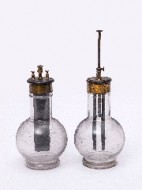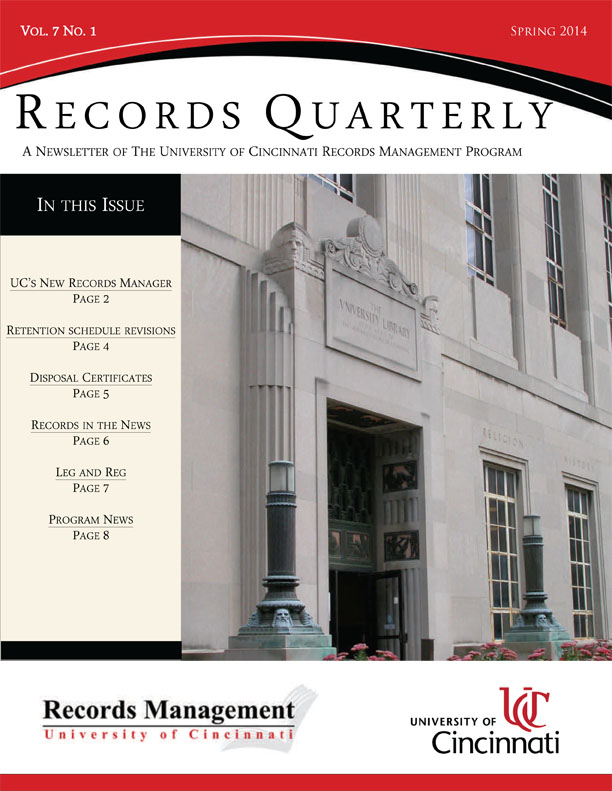By: Kevin Grace
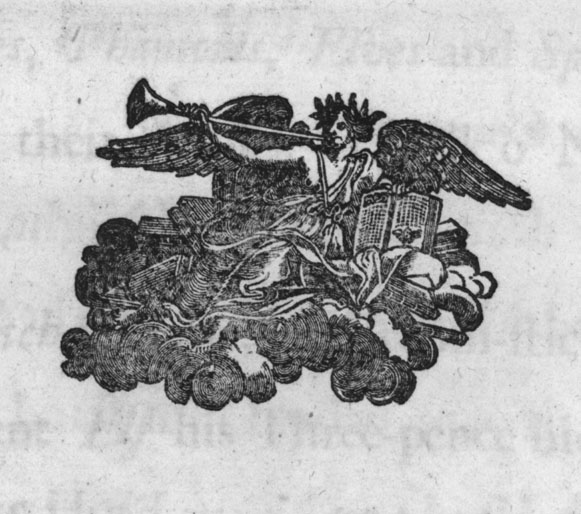 Because April is celebrated as National Poetry Month, over the next few weeks the Archives & Rare Books Library will blog about some of its significant holdings in the Rare Books Collection. Perhaps the best subject with which to begin is ARB’s outstanding collection of 18th century poetical pamphlets. Eighteenth-century literature is one of the hallmarks of the rare books holdings, encompassing drama, poetry, fiction, philosophy, theology, travel, history, and geography. And the core of this area is what we have traditionally called the Anonymous Poetical Pamphlet Collection.
Because April is celebrated as National Poetry Month, over the next few weeks the Archives & Rare Books Library will blog about some of its significant holdings in the Rare Books Collection. Perhaps the best subject with which to begin is ARB’s outstanding collection of 18th century poetical pamphlets. Eighteenth-century literature is one of the hallmarks of the rare books holdings, encompassing drama, poetry, fiction, philosophy, theology, travel, history, and geography. And the core of this area is what we have traditionally called the Anonymous Poetical Pamphlet Collection.


 Heather Maloney, Library Director: Getting too many and letting them pile up on my bedside table. I try to answer all of life’s quandaries with a different book.
Heather Maloney, Library Director: Getting too many and letting them pile up on my bedside table. I try to answer all of life’s quandaries with a different book. Michelle McKinney, Reference/Web Services Librarian: Accidentally re-reading books. I’ll borrow a book from the library and realize a few chapters in that I’ve read it before.
Michelle McKinney, Reference/Web Services Librarian: Accidentally re-reading books. I’ll borrow a book from the library and realize a few chapters in that I’ve read it before. Kellie Tilton, Instructional Technologies Librarian: Using the dust jacket flaps as a bookmark. Not as bad as earmarking the page, but still not as good as an actual bookmark.
Kellie Tilton, Instructional Technologies Librarian: Using the dust jacket flaps as a bookmark. Not as bad as earmarking the page, but still not as good as an actual bookmark. Lauren Wahman, Instruction Librarian: Finding too many good ones and running out of time to read them all. And, occasionally, picking up one that I’ve already read!
Lauren Wahman, Instruction Librarian: Finding too many good ones and running out of time to read them all. And, occasionally, picking up one that I’ve already read! Rachel Lewis, Technical Services Manager: Not at all!
Rachel Lewis, Technical Services Manager: Not at all! Tammy Manger, Public Services Manager: Falling asleep only after two pages…I hate that!
Tammy Manger, Public Services Manager: Falling asleep only after two pages…I hate that! Chris Marshall, Public Services Assistant: Earmarking the pages. Bad Habit!
Chris Marshall, Public Services Assistant: Earmarking the pages. Bad Habit!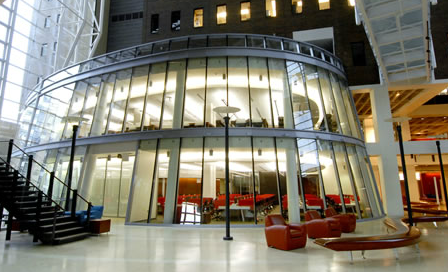 The Donald C. Harrison Health Sciences Library was ranked 14th amongst “the 25 most impressive university medical school libraries in the world” according to
The Donald C. Harrison Health Sciences Library was ranked 14th amongst “the 25 most impressive university medical school libraries in the world” according to 
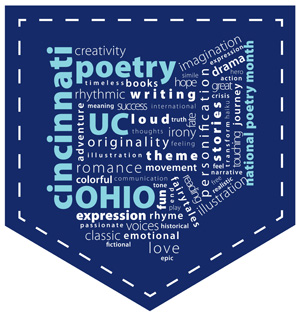 April is National Poetry Month. In celebration of this, UC Libraries has mounted an exhibit on the fourth floor of Langsam Library celebrating poetry and poets.
April is National Poetry Month. In celebration of this, UC Libraries has mounted an exhibit on the fourth floor of Langsam Library celebrating poetry and poets.
